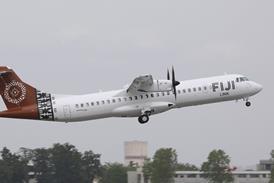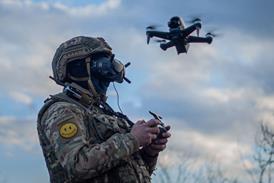The US Federal Aviation Administration is preparing to award the first experimental certificate to an unmanned air vehicle, permitting a restricted “file and fly” capability for UAVs in civil airspace. The first recipient is understood to be the Bell HV-911 Eagle Eye tiltrotor.
The certificate is to be issued within weeks and will be partially based on UAV air traffic integration concepts being developed for medium- and high-altitude operations by the Access 5 government/industry group.
The Eagle Eye certificate is one of three being advanced by the FAA from a total of seven applications. General Atomics Aeronautical Systems is expected to be the second experimental certificate recipient for one of its Predator UAVs, while an unknown Boeing UAV will be the third.
Gaining experimental status is a step toward the goal of fully integrating UAVs of all classes into civil airspace. Military, federal and potential commercial UAV operators are demanding more freedom to operate in the US and global air system. The FAA first wants to develop performance standards for UAVs in two categories – sense-and-avoid and command, control and communications.
The FAA has chartered a committee of the RTCA aviation standards group to create both standards for UAVs, which it could adopt into a notice of proposed rulemaking.
The experimental certificate will permit a UAV to be operated in civil airspace under certain restrictions, such as using a chase aircraft to fulfil the sense-and-avoid requirement. Bell’s sense-and-avoid technology is based on the multimode radar being developed by Telephonics for Eagle Eye as part of the US Coast Guard’s Deepwater contract.
PETER LA FRANCHI / CANBERRA & STEPHEN TRIMBLE / WASHINGTON DC
Source: Flight International























